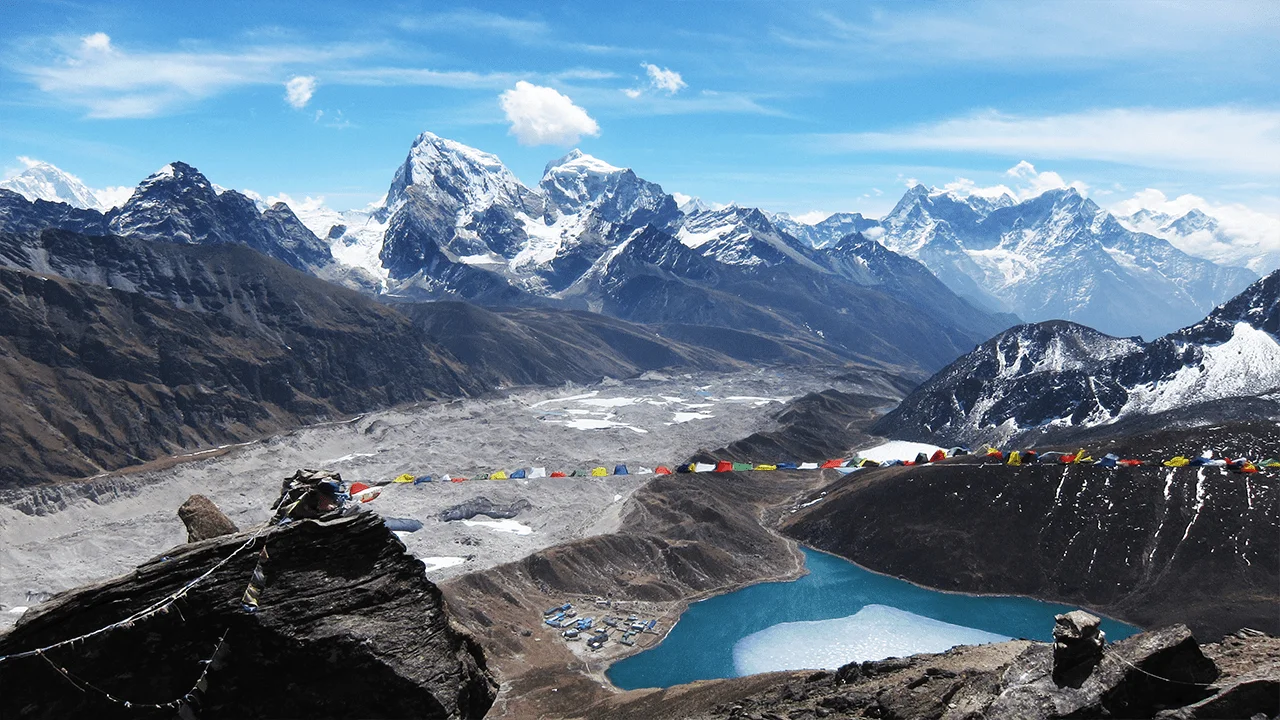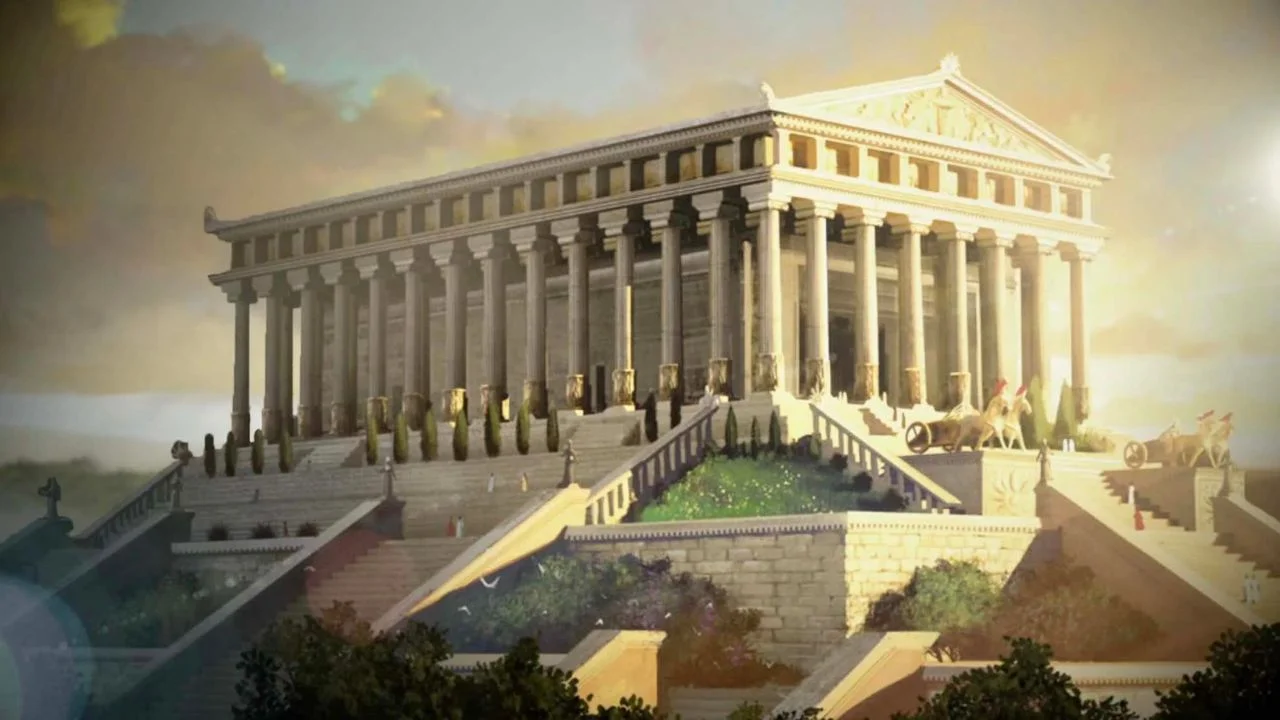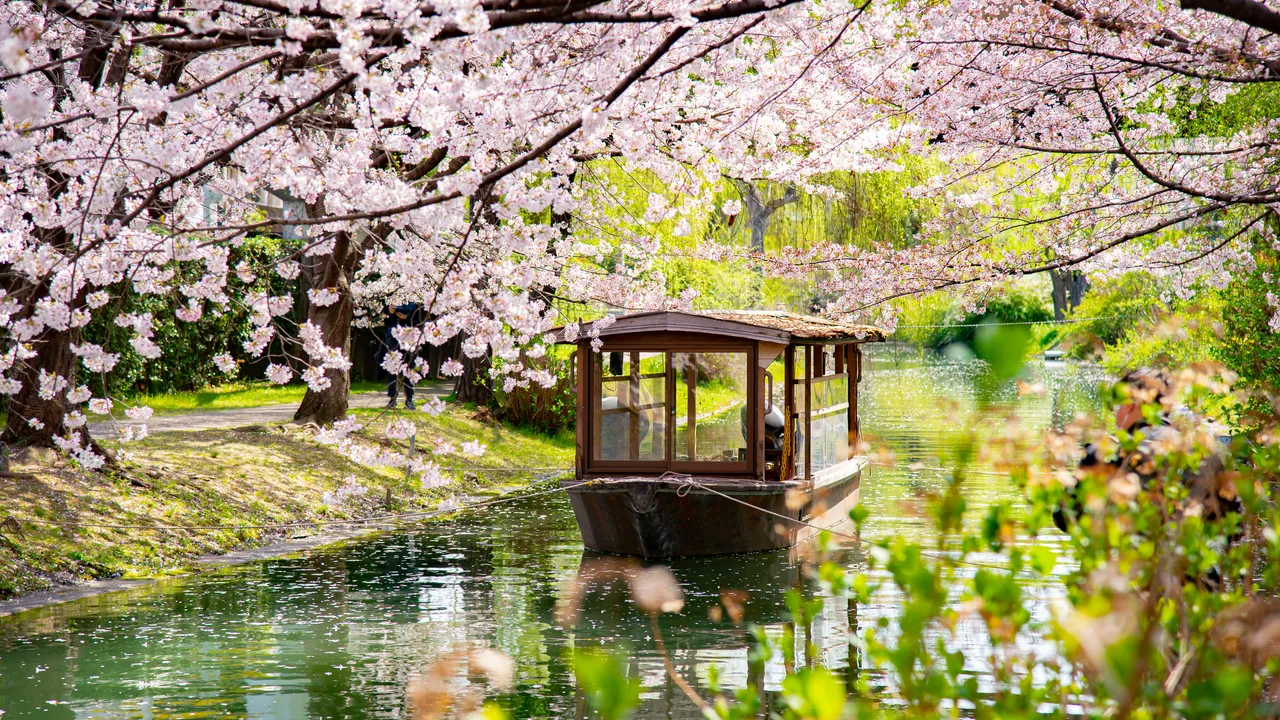Why Nepal for Trekking and Temples?
Nepal is a global hub for trekking, with over 1,700 peaks, including eight of the world’s ten highest. Its trails, ranging from beginner-friendly to expert-level, traverse diverse landscapes—lush valleys, alpine meadows, and glacier-clad summits. Beyond its natural splendor, Nepal’s spiritual heritage, rooted in Hinduism and Buddhism, shines through its temples, stupas, and monasteries. The Kathmandu Valley alone houses seven UNESCO World Heritage Sites, making it a cultural treasure trove.
A trip combining treks and temples offers a holistic experience: the physical thrill of conquering high altitudes and the emotional depth of connecting with ancient traditions. As one Tripadvisor reviewer noted, “Nepal is where your body tests its limits and your soul finds peace.” Here are eight must-do activities to make your Nepal adventure unforgettable.
1. Trek the Annapurna Base Camp
The Annapurna Base Camp (ABC) Trek is one of Nepal’s most popular routes, offering stunning views of Annapurna I (8,091m) and Machhapuchhre (6,993m). This 7–12-day trek, starting from Pokhara, winds through Gurung villages, rhododendron forests, and high-altitude meadows, culminating at the base camp at 4,130m.
- What to Expect: The trail is moderate, with daily hikes of 5–7 hours. Highlights include hot springs at Jhinu Danda and sunrise views at the base camp. Teahouses provide basic lodging and meals like dal bhat.
- Tips: Permits (Annapurna Conservation Area Permit, $30, and TIMS card, $20) are required. March–May and September–November offer clear skies. Hire a guide ($25/day) for navigation and cultural insights.
- Why It’s Special: The ABC trek combines cultural immersion with panoramic Himalayan views, making it ideal for first-time trekkers.
Pro Tip: Pack layers for temperature swings and visit Ghandruk village for a glimpse of Gurung culture.
2. Explore Pashupatinath Temple
Pashupatinath Temple, a UNESCO World Heritage Site in Kathmandu, is Nepal’s holiest Hindu shrine, dedicated to Lord Shiva as Pashupati, the protector of animals. Situated on the banks of the Bagmati River, this sprawling complex dates back to the 5th century and draws devotees for its spiritual significance and cremation rituals.
- What to Expect: Wander through ornate pagoda-style temples, observe sadhus (holy men), and witness open-air cremations along the river. The evening aarti (prayer ceremony) is mesmerizing.
- Tips: Entry is NPR 1,000 for foreigners; photography is restricted inside the main temple. Dress modestly (cover shoulders and knees) and visit early morning to avoid crowds. Non-Hindus cannot enter the main shrine.
- Why It’s Special: Pashupatinath offers a profound look at Hindu rituals of life and death, blending spirituality with cultural heritage.
Pro Tip: Combine your visit with nearby Boudhanath Stupa, just 3 km away, for a full day of spiritual exploration.
3. Conquer the Everest Base Camp Trek
The Everest Base Camp (EBC) Trek is a bucket-list adventure, leading to the foot of the world’s highest peak, Mount Everest (8,848m). This 12–16-day trek starts with a flight to Lukla and passes through Sherpa villages, suspension bridges, and monasteries like Tengboche, reaching the base camp at 5,364m.
- What to Expect: The trail is challenging, with high-altitude risks. Highlights include Namche Bazaar, Kala Patthar’s sunrise views (5,545m), and Sherpa hospitality. Teahouses offer lodging and Wi-Fi in some areas.
- Tips: Permits (Sagarmatha National Park, $30, and TIMS card, $20) are needed. Acclimatize properly to avoid altitude sickness. September–November and March–May are best. A guide ($30/day) is recommended.
- Why It’s Special: Standing at Everest Base Camp is a humbling achievement, offering unparalleled views and cultural encounters with Sherpas.
Pro Tip: Budget $800–$1,500 for the trek, including guides, porters, and flights. Train for endurance before departure.
4. Meditate at Boudhanath Stupa
Boudhanath Stupa, another UNESCO site in Kathmandu, is one of the largest spherical stupas in the world and a focal point for Tibetan Buddhism. Built in the 14th century, its massive mandala and all-seeing eyes draw pilgrims and travelers for prayer and meditation.
- What to Expect: Walk clockwise around the stupa, spinning prayer wheels, and soak in the chants from nearby monasteries. Rooftop cafes offer stunning views. The evening ambiance, with butter lamps, is magical.
- Tips: Entry is NPR 400. Visit at dawn or dusk for fewer crowds. Respect Buddhist customs by walking clockwise and avoiding stepping on prayer flags.
- Why It’s Special: Boudhanath’s serene atmosphere and vibrant Tibetan community make it a haven for spiritual reflection.
Pro Tip: Join a meditation session at a nearby monastery like Kopan for a deeper Buddhist experience.
5. Trek the Langtang Valley
The Langtang Valley Trek is a hidden gem, offering a less crowded alternative to Annapurna and Everest. This 7–10-day trek, starting from Syabrubesi (a 7-hour drive from Kathmandu), explores the Langtang National Park, home to Tamang villages, yak pastures, and peaks like Langtang Lirung (7,227m).
- What to Expect: The moderate trail reaches Kyanjin Gompa (3,870m), with optional day hikes to Tserko Ri (4,984m) for panoramic views. Teahouses provide basic amenities, and local cheese is a treat.
- Tips: Permits (Langtang National Park, $30, and TIMS card, $20) are required. March–May and September–November are ideal. A guide ($25/day) enhances safety and cultural understanding.
- Why It’s Special: The trek’s proximity to Kathmandu, rich Tamang culture, and stunning alpine scenery make it perfect for those seeking authenticity.
Pro Tip: Visit the rebuilt Langtang village, a testament to the community’s resilience after the 2015 earthquake.
6. Visit Swayambhunath Stupa (Monkey Temple)
Swayambhunath Stupa, perched atop a hill in Kathmandu, is a UNESCO site known as the Monkey Temple for its resident primates. This 5th-century complex blends Hindu and Buddhist elements, with a white-domed stupa, colorful prayer flags, and panoramic city views.
- What to Expect: Climb 365 steps to the stupa, explore shrines like Harati Temple, and watch monks perform rituals. The sunset view over Kathmandu is breathtaking.
- Tips: Entry is NPR 200. Beware of monkeys stealing food or shiny items. Wear comfortable shoes for the climb and visit early to avoid heat.
- Why It’s Special: Swayambhunath’s blend of faiths and vibrant energy offers a microcosm of Nepal’s spiritual diversity.
Pro Tip: Stop at a nearby café for momos (dumplings) and tea while enjoying the valley views.
7. Hike the Poon Hill Trek
The Poon Hill Trek in the Annapurna region is a short, beginner-friendly option, perfect for combining with temple visits. This 4–5-day trek from Pokhara reaches Poon Hill (3,210m) for sunrise views of Dhaulagiri (8,167m) and Annapurna South (7,219m).
- What to Expect: The easy-to-moderate trail passes through Gurung villages like Ghorepani and terraced fields. Teahouses offer cozy stays and hearty meals.
- Tips: Permits (Annapurna Conservation Area, $30, and TIMS card, $20) are needed. March–May and September–November are best. A guide ($20/day) is optional but helpful.
- Why It’s Special: Poon Hill’s accessibility and jaw-dropping views make it ideal for families or time-constrained travelers.
Pro Tip: Extend the trek to Tadapani for extra scenery without adding much difficulty.
8. Discover Bhaktapur Durbar Square
Bhaktapur Durbar Square, a UNESCO site 13 km from Kathmandu, is a living museum of Newari art and architecture. This medieval plaza, once the capital of the Malla Kingdom, features the 55-Window Palace, Nyatapola Temple, and intricate wood carvings.
- What to Expect: Explore temples like Dattatreya, admire pottery at Potters’ Square, and sample juju dhau (king curd). The square buzzes with artisans and festivals like Bisket Jatra.
- Tips: Entry is NPR 1,500 for foreigners. Hire a local guide ($10–15) for historical insights. Visit in the morning for cooler weather and active markets.
- Why It’s Special: Bhaktapur’s preserved heritage and vibrant Newari culture offer a deep dive into Nepal’s artistic past.
Pro Tip: Stay overnight in a Bhaktapur guesthouse to experience the evening ambiance and local life.
Practical Tips for Trekking and Temple Visits in Nepal
To ensure a seamless experience, keep these tips in mind:
- How to Reach: Fly to Kathmandu’s Tribhuvan International Airport via Doha, Dubai, or Delhi. From Kathmandu, buses or taxis reach trekking hubs like Pokhara ($10–15, 7 hours) or Syabrubesi ($8–12, 7 hours). Domestic flights to Pokhara or Lukla cost $80–150.
- Best Time to Visit: March–May and September–November offer clear skies and mild temperatures (10–25°C). Monsoon (June–August) brings rain, while winter (December–February) is cold at high altitudes.
- Permits and Fees: Trekking permits cost $20–30 per person, issued via agencies or checkpoints. Temple entry fees range from NPR 200–1,500. Carry USD or NPR for payments, as cards are rarely accepted.
- What to Pack: Trekking gear (hiking boots, raincoat, sleeping bag), modest clothing for temples (long pants, covered shoulders), sunscreen, and a reusable water bottle. Rent gear in Kathmandu or Pokhara for $1–5/day.
- Cultural Etiquette: Remove shoes at temples, dress modestly, and ask permission before photographing rituals or monks. Tip guides and porters ($5–10/day) for good service.
- Safety: Acclimatize to avoid altitude sickness (rest days at 3,000m+). Use purified water or tablets (available for $1/pack). Register with your embassy and check travel advisories.
- Connectivity: Buy a local SIM (Ncell or NTC, $5–10 for 10GB) at the airport. Wi-Fi is available in teahouses but unreliable at high altitudes.
Savoring Nepali Culture and Cuisine
Enhance your trek and temple experience with Nepal’s vibrant culture and cuisine:
- Festivals: Plan around Dashain (October) or Buddha Jayanti (May) for temple celebrations and colorful processions.
- Food: Try dal bhat (lentils and rice, $2–5), momos ($1–3), or sel roti (rice doughnut) at teahouses or Kathmandu eateries like Thamel House. Juju dhau in Bhaktapur is a must.
- Cultural Immersion: Attend a puja at Pashupatinath or a meditation session at Boudhanath. Visit Thamel’s bookstores for Nepali literature.
Pro Tip: Join a cooking class in Kathmandu ($20–30) to learn momo-making for a hands-on cultural experience.
Why Nepal Stands Out
Nepal’s allure lies in its ability to challenge and soothe. Its treks, like Annapurna and Everest, push physical limits while offering breathtaking rewards. Its temples, from Pashupatinath to Bhaktapur, provide spiritual depth and cultural richness. The warmth of Nepalis, despite the 2015 earthquake’s scars, adds heart to the journey. As one traveler shared, “Nepal is raw, real, and unforgettable—a place where mountains and mantras meet.”
Some note crowded trails (e.g., EBC) or Kathmandu’s pollution. However, quieter routes like Langtang and early morning temple visits mitigate these. Hiring a guide or joining a group tour ($800–$2,000) ensures safety and enriches the experience.
Conclusion: A Journey of Body and Soul
Nepal’s treks and temples offer a transformative adventure, blending the thrill of the Himalayas with the serenity of ancient shrines. From the panoramic heights of Poon Hill to the sacred chants at Boudhanath, the eight experiences above capture Nepal’s essence. Whether you’re trekking to Everest Base Camp or spinning prayer wheels at Swayambhunath, Nepal invites you to explore, reflect, and connect.
Plan your journey to this Himalayan haven and discover why Nepal remains a beacon for adventurers and seekers. Have you trekked in Nepal or visited its temples? Share your stories in the comments below, and let’s inspire more travelers to embrace this land of peaks and prayers!





Leave a Reply